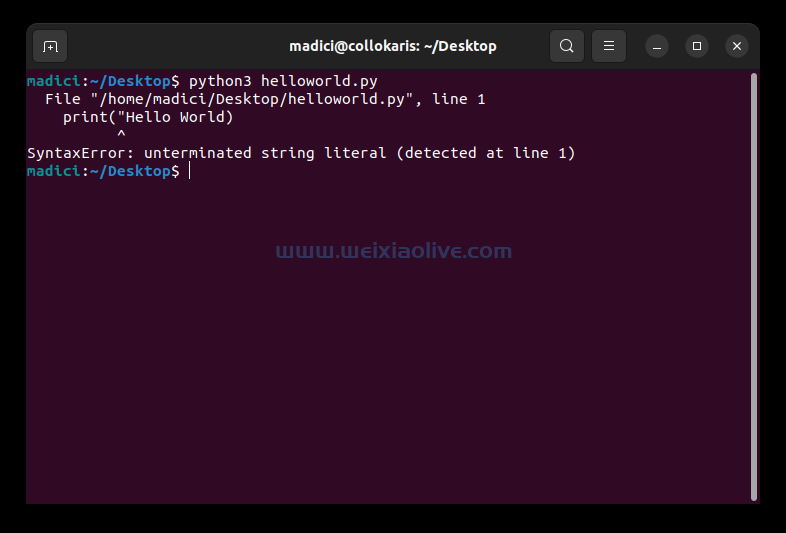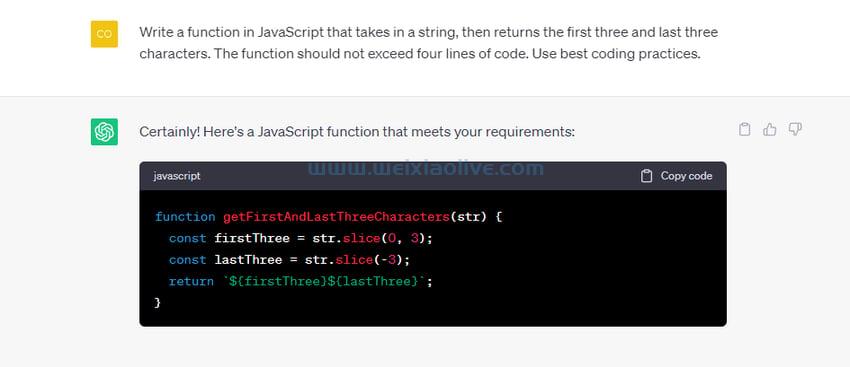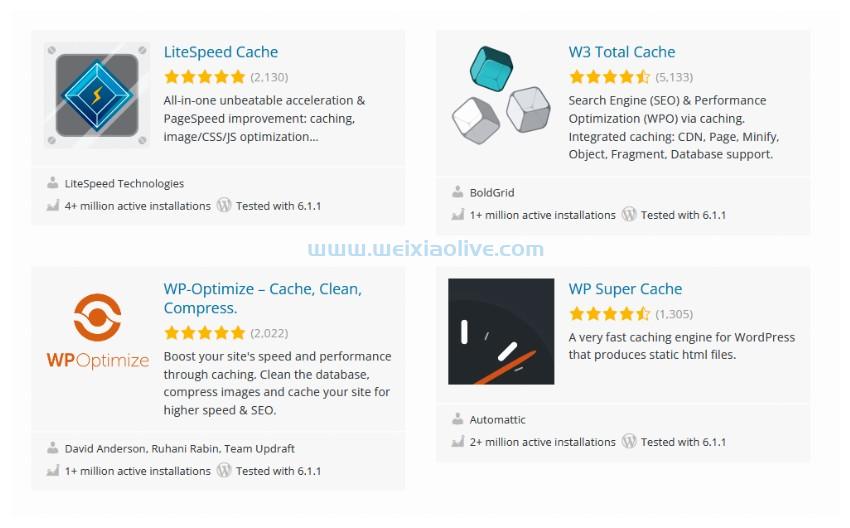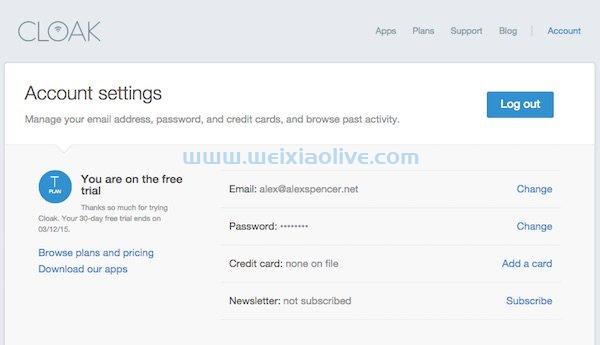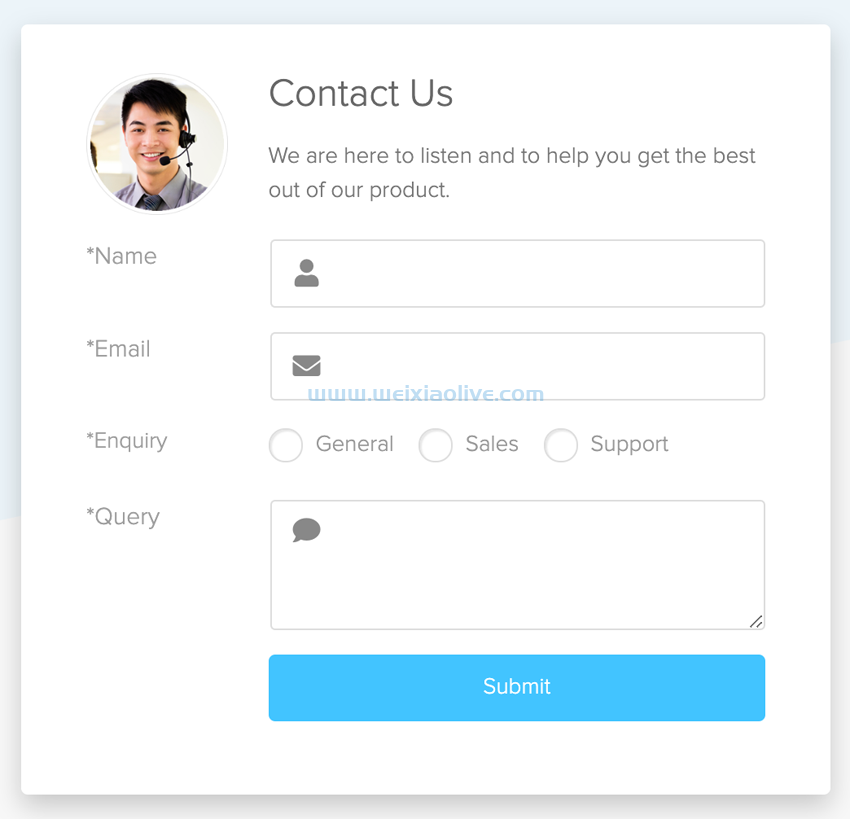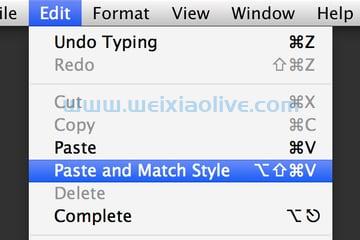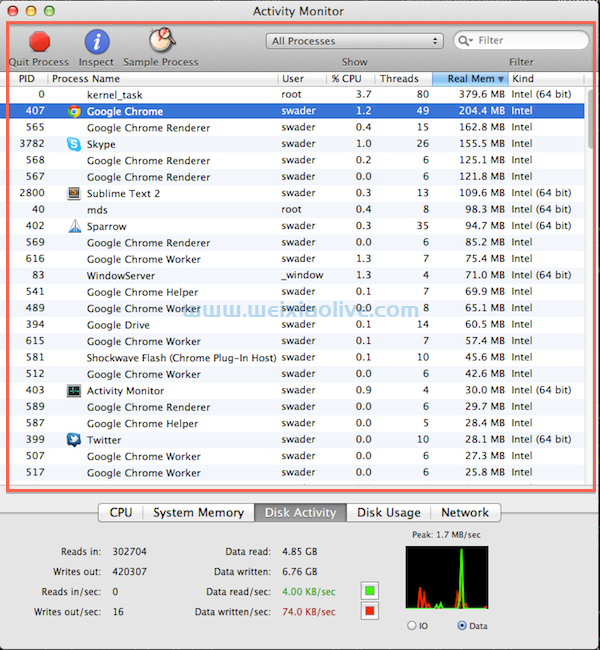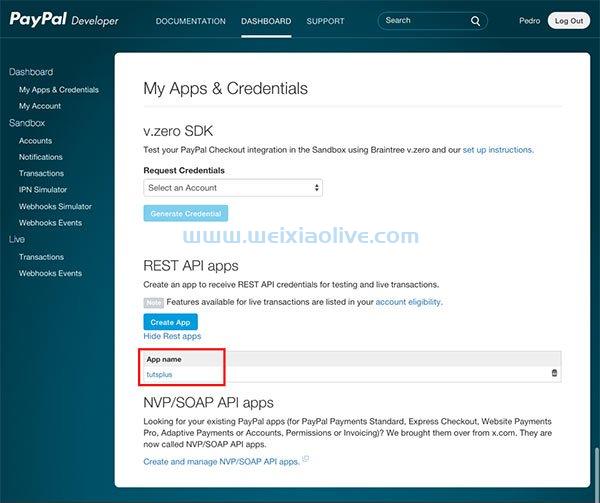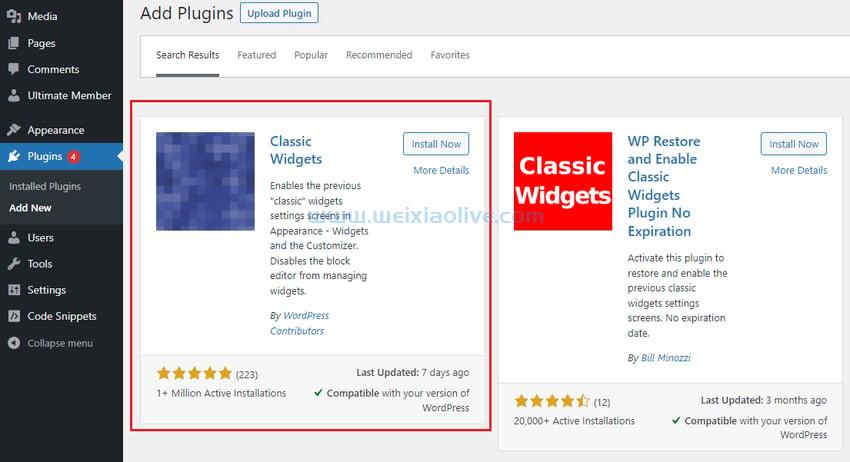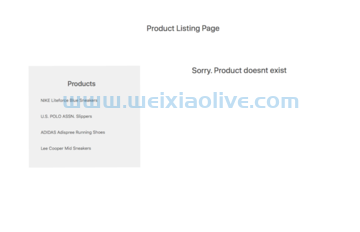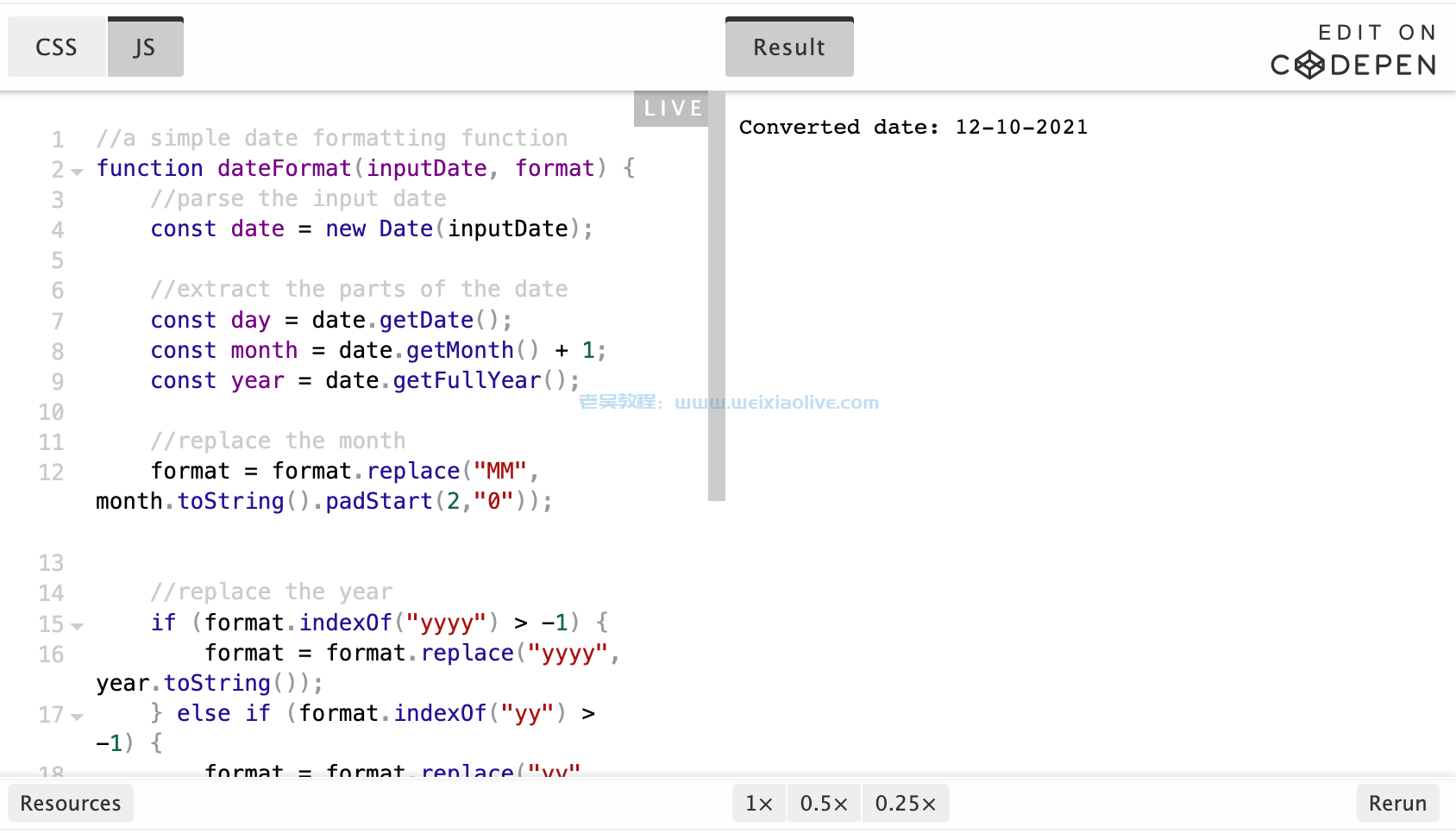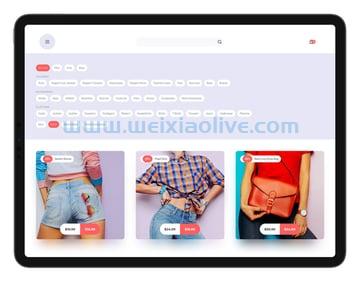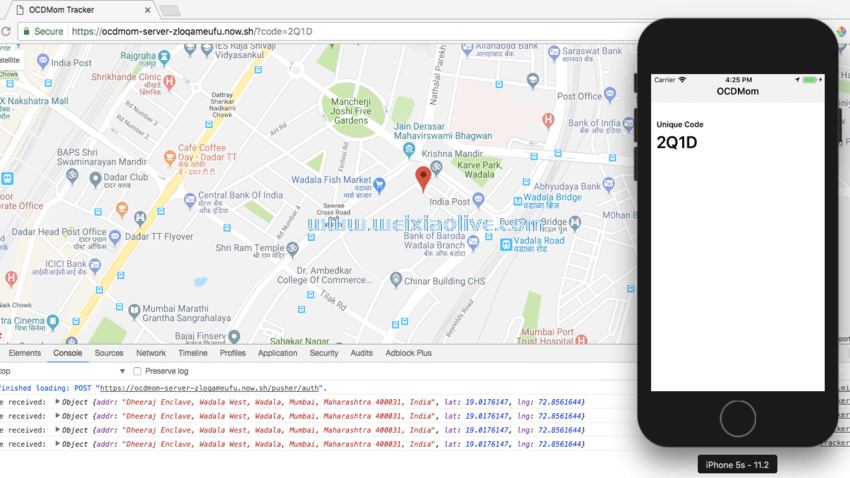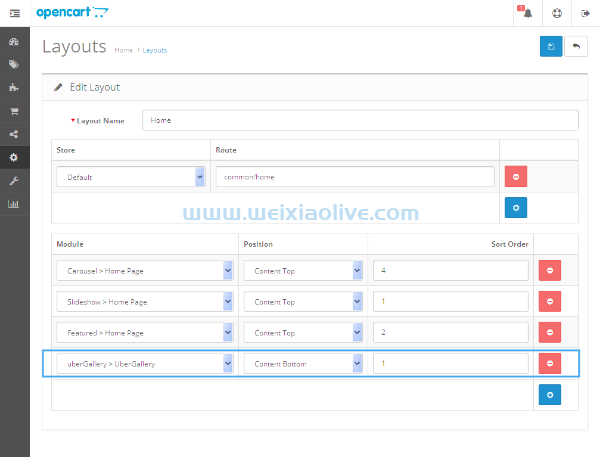在本教程系列的前一部分中,您看到了如何为我们的 react 博客应用程序实现更新和删除帖子功能。在本教程中,您将为博客应用程序实现个人资料页面。
入门
让我们从克隆本系列最后一部分的源代码开始。
https://github.com/royagasthyan/ReactBlogApp-EditDelete
克隆目录后,导航到项目目录并安装require d 依赖项。
cd ReactBlogApp-EditDelete npm install
启动节点.js 服务器,您将在 http://localhost:7777/index.html#/运行应用程序。
创建个人资料页面视图
首先,您需要在主页菜单中添加一个名为Profile. 在 页面上,为 Profile 页面home.html添加一个新元素,如下所示:ul
<ul class="nav nav-pills pull-right"> <li role="presentation" id="homeHyperlink" class="active"><a href="#">首页</a></li> < li role="presentation" id="addHyperLink"><a href="/home#/addpost">添加</a></li> <li role="presentation" id="btnProfile"><a href= "/home#/showProfile">个人资料</a></li> <li role="presentation"><a href="#">注销</a></li> </ul>
保存上述更改并让服务器恢复正常。将浏览器指向 http://localhost:7777/ 并登录到应用程序。登录后,您将能够查看带有个人资料链接的菜单列表。
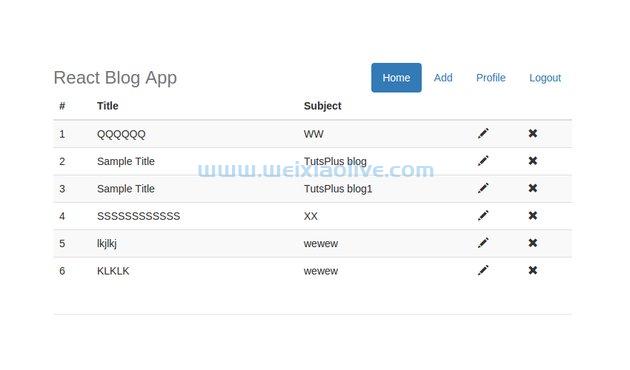
要使配置文件菜单链接起作用,您需要向文件中的现有路由添加新路由。home.jsx
React dom .render( <Router history={hashHistory}> <Route component={ShowPost} path="/"></Route> <Route component={AddPost} path="/addPost(/:id)">< /Route> <Route component={ShowProfile} path="/showProfile"></Route> </Router>, document.getElementById('app'));
在 home.jsx文件中,创建一个新组件ShowProfile。name为、password、email和添加一些状态变量Id。在ShowProfile组件的 render 方法中,添加用于呈现配置文件详细信息的 HTML。这是ShowProfile组件的外观:
class ShowProfile extends React.Component { constructor(props) {
super(props);
this.state = {
name:'',
email:'',
password:'',
id:''
};
}
componentDidMount(){
document.getElementById('addHyperLink').className = "";
document.getElementById('homeHyperlink').className = "";
document.getElementById('profileHyperlink').className = "active";
this.getProfile();
}
updateProfile(){
}
getProfile(){
}
render() {
return (
<div className="col-md-5">
<div className="form-area">
<form role="form">
<br styles="clear:both" />
<div className="form-group">
<input value={this.state.name} type="text" onChange={this.handleNameChange} className="form-control" placeholder="Name" required />
</div>
<div className="form-group">
<input value={this.state.password} type="password" onChange={this.handlePasswordChange} className="form-control" placeholder="Password" required />
</div>
<button type="button" onClick={this.updateProfile} id="submit" name="submit" className="btn btn-primary pull-right">Update</button>
</form>
</div>
</div>
)
}
}加载配置文件页面时,您需要从数据库中获取详细信息并将其填充到表单中。在组件getProfile内部的方法中添加代码以进行ajax调用以获取有关用户的详细信息。ShowProfile
ax ios .post('/getProfile', { } ) .then( function (response) { }) .catch(function (error) { console.log('error is ',error); });
在响应中收到详细信息后,您需要更新相同的状态变量。这是组件中的getProfile方法ShowProfile:
getProfile(){
var self = this;
axios.post('/getProfile', {
})
.then(function (response) {
if(response){
self.setState({name:response.data.name});
self.setState({email:response.data .email});
self.setState({password:response.data.password});
}
})
.catch(function (error) {
console.log('error is ',error);
}); }在app.js文件中,创建一个方法来处理来自'方法getProfile的 POST 方法调用。文件中的 方法将改为调用以 从数据库中获取详细信息。这是它的外观:ShowProfilegetProfilegetProfileapp.jsuser.js
app.post('/getProfile', function(req,res){
user.getUserInfo(sessions.username, function(result){
res.send(result)
}) })在user.js文件中,创建一个名为的方法,该方法 getUserInfo将使用用户名查询mongodb数据库以获取所需的详细信息。以下是该getUserInfo方法的外观:
getUserInfo: function(username, callback ){ MongoClient.connect(url, function(err, db){ db.collection('user').findOne( { email : username },function(err, result){ if(result= =null){ callback(false) } else{ callback(result); } }); }); }
如上面的代码所示,您使用 MongoDB 调用以MongoClient根据电子邮件地址查询用户集合。收到结果后,将其返回给回调函数。
保存上述更改并重新启动 node.js 服务器。将浏览器指向 http://localhost:7777/#/ 并登录到应用程序。单击菜单中的配置文件链接,您将能够查看页面上填充的配置文件详细信息。

更新用户配置文件
要处理名称和密码的更改,您需要 在组件中定义两个方法调用handleNameChange和 。这些方法将在文本更改时设置状态变量。这是它的外观:handlePasswordChangeShowProfile
handleNameChange(e){
this.setState({name:e.target.value}) } handlePasswordChange(e){
this.setState({password:e.target.value}) }绑定ShowProfile构造函数中的方法。
constructor(props) {
super(props);
this.handleNameChange = this.handleNameChange.bind(this);
this.handlePasswordChange = this.handlePasswordChange.bind(this);
this.updateProfile = this.updateProfile.bind(this);
this.getProfile = this.getProfile.bind(this);
this.state = {
name:'',
email:'',
password:'',
id:''
};
}定义一个方法updateProfile,当用户单击Update按钮更新用户详细信息时将调用该方法。在方法内部,对文件中updateProfile的方法进行 POST 调用 以及更改的和. 以下是组件中的方法的外观:updateProfileapp.jsnamepasswordupdateProfileShowProfile
updateProfile(){
var self = this;
axios.post('/updateProfile', {
name: this.state.name,
password: this.state.password
}) .then
(function (response) {
if(response){
hashHistory.push('/')
}
} )
.catch(function (error) {
console.log('error is ',error);
}); }一旦收到来自 POST 调用的响应,屏幕就会导航到博客文章列表。
在该 app.js文件中,创建一个名为的方法,该方法updateProfile将解析传入的参数并调用 MongoDB 数据库。
app.post('/updateProfile', function(req, res){
var name = req.body.name;
var password = req.body.password;
user.updateProfile(name, password, sessions.username, function(result) {
res.send(result);
}) })从上面的代码中可以看出,一旦在文件 中的updateProfile方法中 解析了参数,就会使用 changed 、和 调用该方法。 app.jsuser.updateProfilenamepasswordusername
让我们在文件中定义user.updateProfile方法user.js,它将调用MongoDB 数据库name并password根据username. 以下是文件中updateProfile方法的user.js外观:
updateProfile: function(name, password, username, callback){
MongoClient.connect(url, function(err, db) {
db.collection('user').updateOne(
{ "email": username },
{ $set:
{ "name" : 名称,
"password" : 密码
}
},function(err, result){
if(err == null){
callback(true)
}
else{
callback(false)
}
});
}); }updateOne在上面的代码中,您使用该方法根据电子邮件地址更新了用户详细信息。
保存上述更改并重新启动服务器。登录到应用程序并单击配置文件链接。更改名称和密码,然后单击更新按钮。尝试登录,您将能够使用新密码登录。

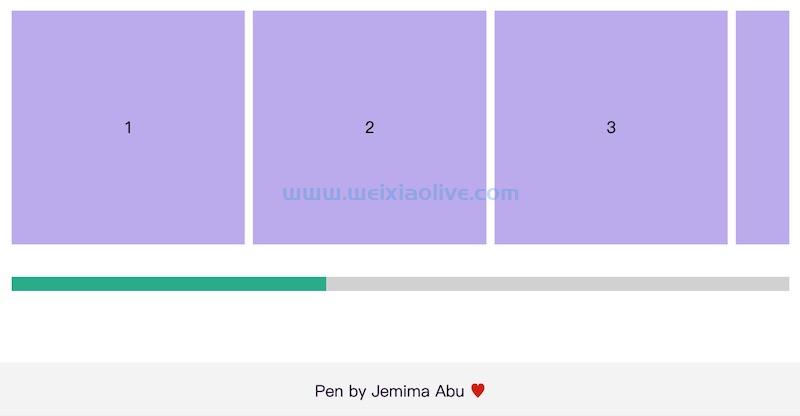
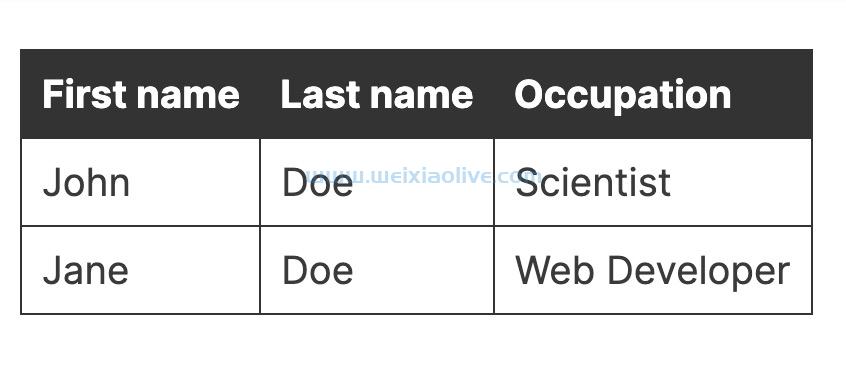


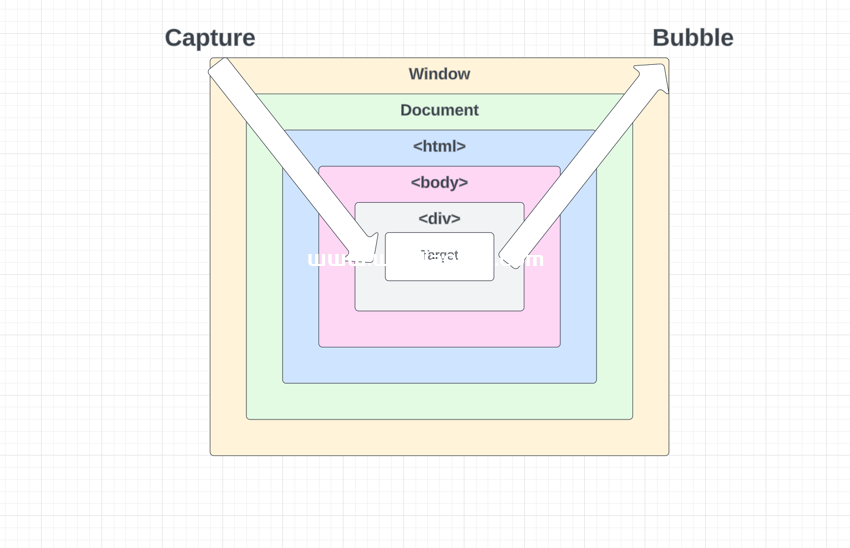


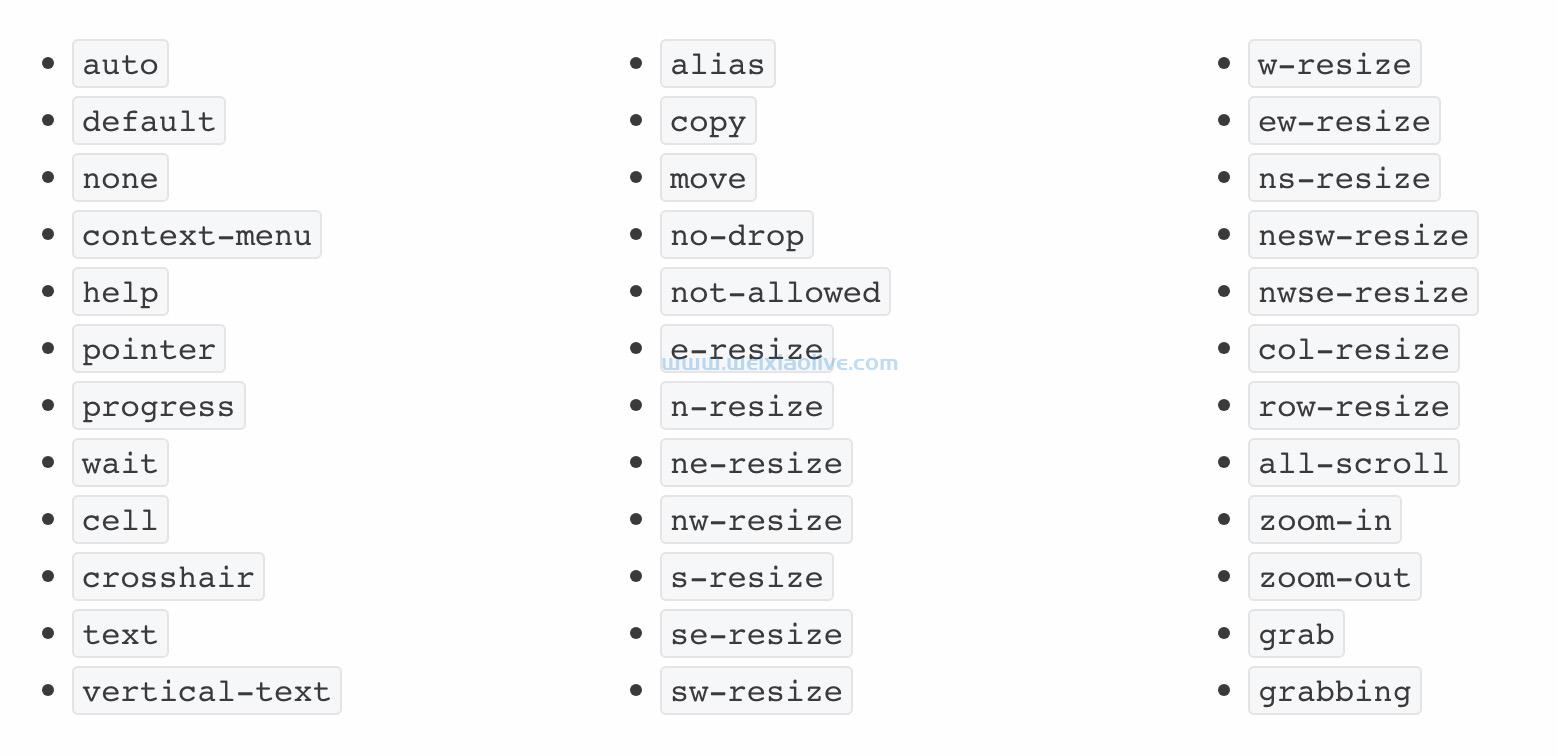
![如何删除Word中的空白页[4种简单方法] 如何删除Word中的空白页[4种简单方法]](https://www.weixiaolive.com/en/zb_users/upload/2023/07/20230702124855168827333590644.png)

